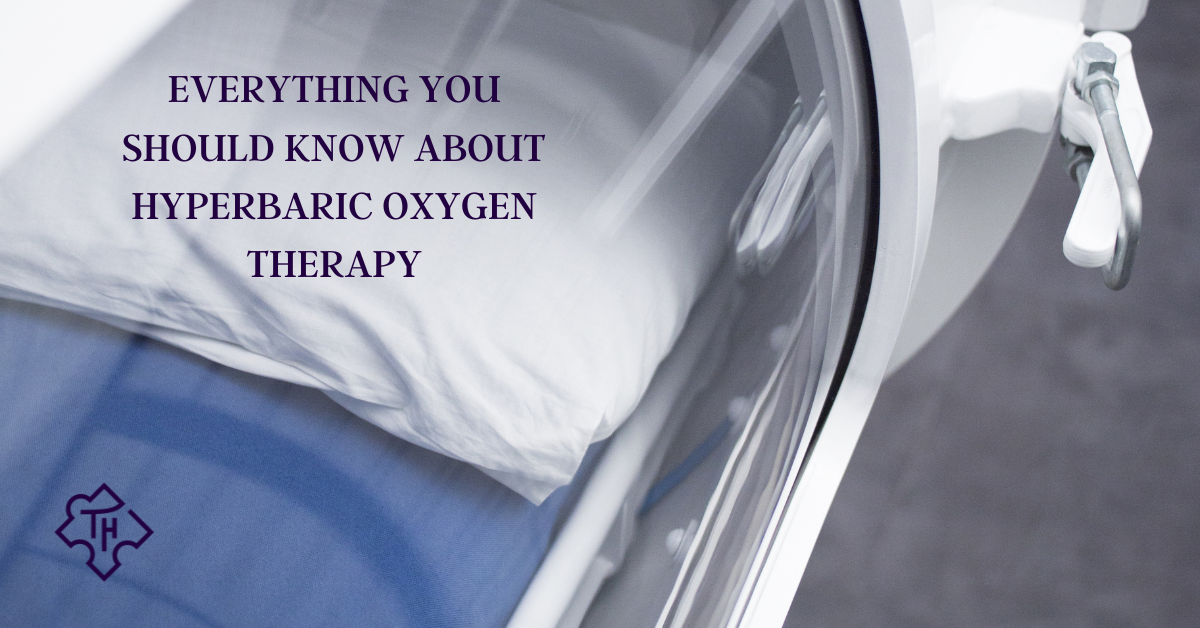
Everything you should know about hyperbaric oxygen therapy
Hyperbaric Oxygen Therapy (HBOT) is a medical treatment that involves breathing pure oxygen in a pressurized room or chamber. This distinctive therapy is based on the principle that under increased pressure, the body can absorb more oxygen than under normal atmospheric conditions. This influx of oxygen can lead to numerous health benefits and is utilized in treating a variety of conditions.
The Science Behind HBOT
At the core of HBOT is the basic physics principle of Boyle’s law, which states that the volume of a gas is inversely proportional to the pressure surrounding it. In the context of HBOT, this means that under higher pressure, oxygen molecules are compressed and can dissolve into the blood plasma and other body fluids more readily. This significantly increases the amount of oxygen delivered to tissues, especially those areas with compromised blood flow or oxygenation.
Therapeutic Applications
HBOT is helpful for several medical conditions, including, but not limited to:
How HBOT Works
During a typical HBOT session, the patient enters a specialized chamber where they can breathe 100% oxygen at pressures greater than normal atmospheric pressure, usually between 1.5 to 3 times higher. These sessions can last from 60 to 90 minutes, during which increased oxygen levels can help reduce inflammation, fight infection, and promote healing by stimulating the release of growth factors and stem cells.
Considerations and Safety
While HBOT is generally safe, it’s not suitable for everyone. Certain conditions, such as untreated pneumothorax (collapsed lung), certain types of ear disorders, or recent chest surgery, can make HBOT risky. Side effects are rare but can include middle ear injuries, lung collapse from pressure changes, and temporary nearsightedness.
Conclusion
Hyperbaric Oxygen Therapy offers a unique approach to healing and recovery, leveraging the body’s natural healing processes through the increased delivery of oxygen. Whether for FDA-approved conditions or exploratory treatments, HBOT represents an intriguing intersection of physics, biology, and medicine, providing critical support for patients in need.
As with any medical treatment, it’s crucial to consult with healthcare professionals to understand the best course of action for individual health needs. If you’re considering HBOT, discuss it with your doctor to see if it’s right for you and to ensure a treatment plan that is safe and effective.
Remember, while HBOT holds promise for various conditions, it’s part of a broader medical and therapeutic strategy tailored to individual patient needs.
